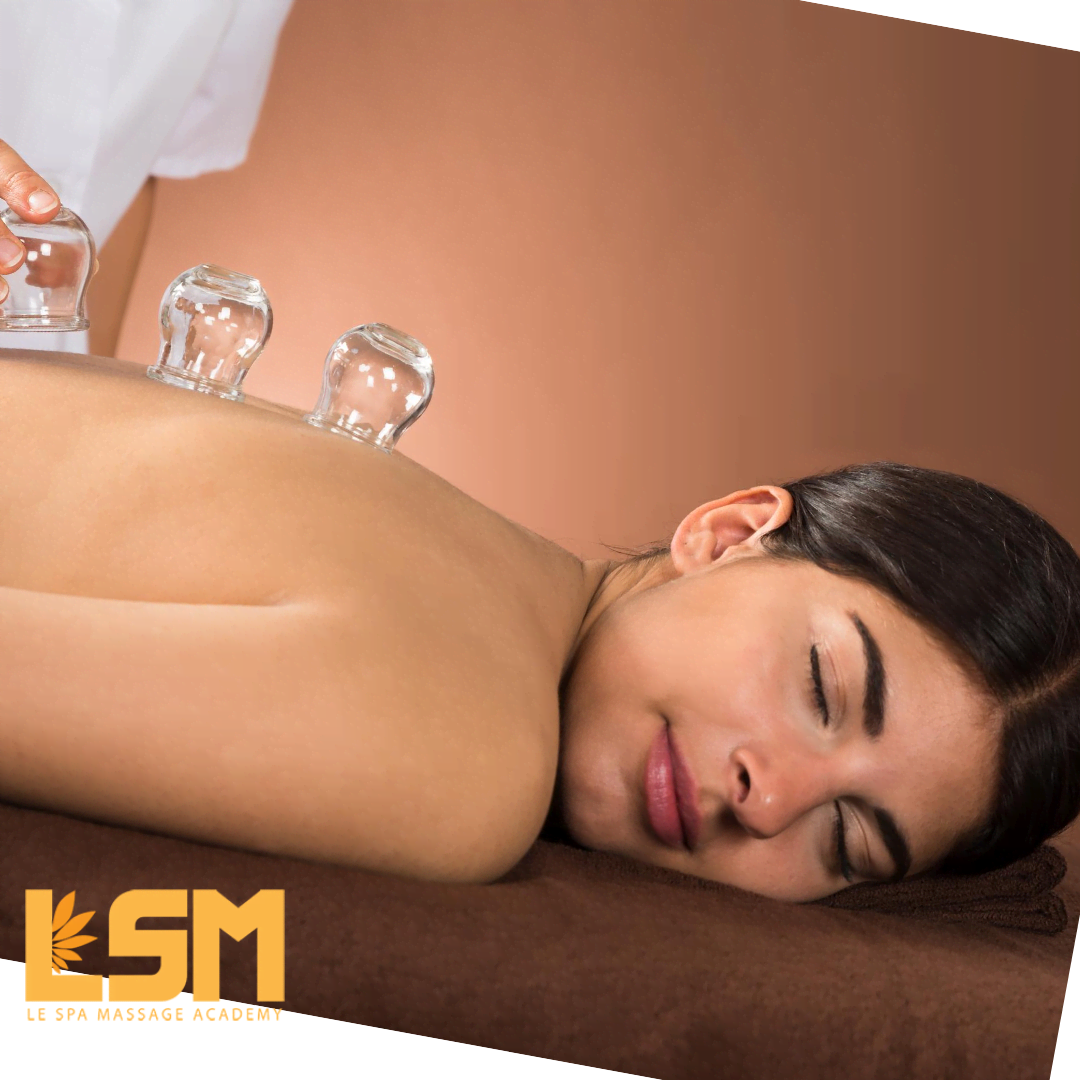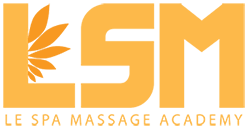
Chinese cupping therapy has been used for over a thousand years ago. In the past, cupping therapy applied cattle horns or cross sections of bamboo for treatment. These ancient ‘cups’ were boiled in the water or set aflame to expel the air and suck the cups onto the skin. This method was used to drag out pus and blood, which benefits treatment of boils. Cupping therapy was used in Chinese surgery as an auxiliary strategy. Then it was found to be useful in addressing other diseases and further enhanced into special therapy.
Myofascial cupping is a safe intervention into soft tissue by creating negative pressure or suction on the skin. The approach uses plastic or glass cups: when the pressure in the cup is reduced either by heat or suction, it pulls up underlying tissues, blood, and fluids close to the surface of the skin. In the myofascial release treatment, therapists concentrate on the myofascial area where it feels stiff and fixed, called “trigger point” by checking under light pressure.
The cups are applied on affected areas and moved around in a gliding motion. In order to move the cups easily and smoothly, oil is applied previously. Then cups are placed on the skin where the tender muscles are, where the trigger points are, and where the acupressure points are, to release fascial pain.
On the other hand, traditional cupping therapies use vacuumed cups combining with compression and negative pressure applied to the area being treated. There are a few differences between myofascial cupping and traditional cupping. Traditional cupping parks the cups along the meridian pathways following a strategic placement, while myofascial cupping directly treats the affected and targeted tissues. Furthermore, myofascial cupping leaves little marks, however traditional forms leave large round bruises marks.
What to avoid after cupping
- Keep yourself hydrated by drinking more water. Provide the lymphatic system extra fluids to flush the toxins out of the body.
- Avoid showering immediately after a cupping session.
- Keep the treated areas covered and warm.
- No alcohol after a cupping session.
- Some may experience fatigued or experience flu-like symptoms, but this is normal due to the processing and expelling of toxins released during a cupping session.
How it helps to combine the cupping and manual massage therapy
While massage releases muscle tension using direct pressure, cupping creates negative pressure to lift the muscle fibers. Therefore, the combination of both massage therapy and cupping can trigger better myofascial release as the skin, muscle and blood vessels are stretched and massaged before being relaxed back into their normal position.
Le Spa Massage offers Tradition Cupping, Myofascial Cupping, Massage and Cupping Therapy.
Call us now 07 3368 3362 / 0448 932 465 for more information.
Email: info@lemassage.com.au
-
Address
8/31 Black Street, Milton, QLD
-
E-mail
info@lemassage.com.au
-
Phone
+61 448 932 465 or 3368 3362
-
Find Us On
